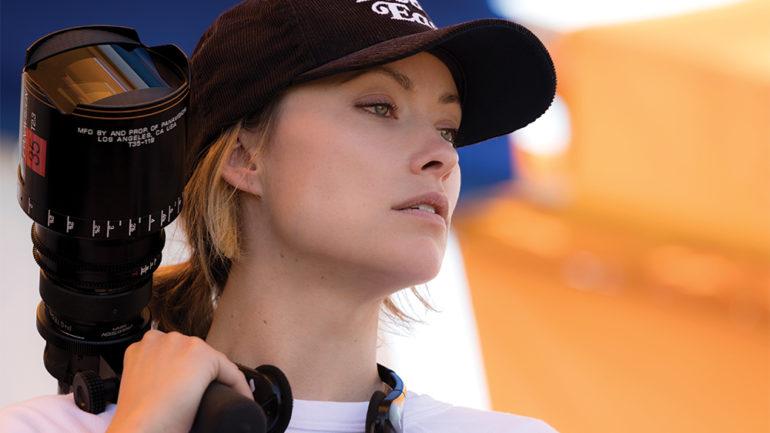Gender Ratios Are Improving in Indie Films, but Visibility’s a Greater Goal (Guest Column)
By Martha Lauzen
LOS ANGELES (Variety.com) – After years of stubborn stagnation, the percentages of women working in key behind-the-scenes roles on independent films have finally budged.
In the period from July 2018 to June 2019, women comprised 33% of directors, up from 29% in 2017-18, and 32% of writers, up from 26% the previous year, according to the latest “Indie Women” study from the Center for the Study of Women in Television and Film at San Diego State University. Women made up 32% of executive producers, up from 26% in 2017-18, and 29% of editors, up from 27%. While the latest figures represent recent historic highs, men still outnumber women by more than 2 to 1.
The current gains are the result of decades-long efforts by advocates and activists determined to change the gender ratios in the industry. In the modern history of filmmaking, attempts to document and boost women’s employment can be traced to the creation of the Women’s Steering Committee in 1979. In her excellent and deeply researched book, “Liberating Hollywood,” Maya Montañez Smukler discusses how a group of dedicated women — Susan Bay, Nell Cox, Joelle Dobrow, Dolores Ferraro, Victoria Hochberg and Lynne Littman — spent almost a year poring over deal memos provided by the guild. They found that women directed an infinitesimal 0.19% of films released by major distribution companies between 1949 and 1979.
Despite the dismal numbers, many media reports in the 1980s and early 1990s extolled the careers of a few high-profile women successfully navigating the business. Little by little, these articles, based on the anecdotal stories of a few, gave way to more comprehensive assessments citing statistics from the growing number of academic studies tracking women’s overall employment in the industry. With each successive year, the steady drumbeat of the unchanging numbers — coupled with demographic changes in the U.S. population and attendant expectations for greater inclusion — generated a growing wave of interest in women’s underrepresentation. The recent addition of celebrity voices catapulted the issue into the realm of night speeches and widespread media coverage discussing the film industry’s diversity problem.
But there is much unfinished business. The recent EEOC investigation into the systemic discrimination against women directors by the major film studios has seemingly evaporated into the ether. As reported a couple of years ago, the agency found the studios guilty of discrimination and entered into settlement negotiations with them. Since that time, there has been no further word regarding the resolution of the case.
This remedy focused on the role of film directors, with good reason. Directors often serve a gatekeeping function, hiring individuals to fill key behind-the-scenes roles. For years, my “Celluloid Ceiling” and “Indie Women” studies have documented that the gender of film directors is positively related to the gender of those chosen to assume other key positions, such as writers, editors and cinematographers. Since directors have traditionally been male, film sets have been largely populated by men. However, when used by those from underrepresented groups, this network effect organically interrupts traditional hiring patterns, creating greater balance between overrepresented and underrepresented groups.
According to the latest “Indie Women” study, films with at least one woman director employ substantially higher percentages of women in other craft areas.
On films with at least one female director, women comprise 72% of writers versus 11% on films directed exclusively by men. On films with at least one female director, women account for 45% of editors versus 21% on films directed by men.
The gender ratios of those working on independent films are changing, due in part to women using their networks to staff behind-the-scenes positions. It is the necessary first step toward creating greater sustainable visibility for females on screen and, in turn, shifting how we think about women in our culture. Changing women’s representation in the reel world will alter their reality in the real world.
Dr. Martha M. Lauzen is the founder and executive director of the Center for the Study of Women in Television and Film and a professor in the Television, Film and New Media program at San Diego State University.

